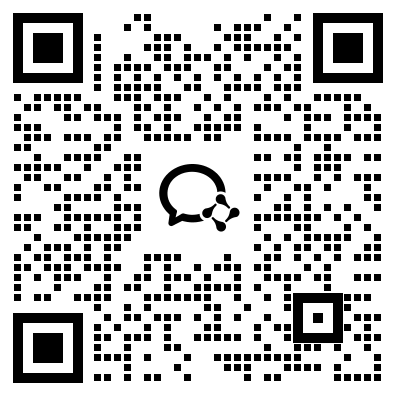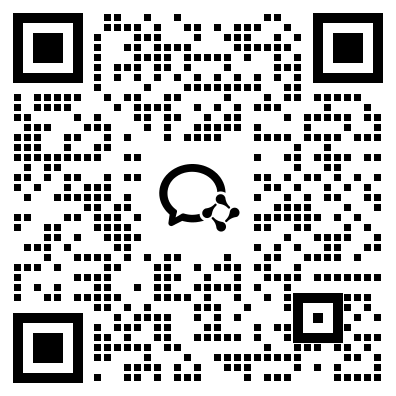Data from: Evaluating the accuracy of biodiversity changes through geological times: from simulation to solution
收藏DataONE2018-03-08 更新2024-06-25 收录
下载链接:
https://search.dataone.org/view/null
下载链接
链接失效反馈资源简介:
Estimating biodiversity and its variations through geologic time is a notoriously difficult task, due to several taphonomic and methodological effects that make the reconstructed signal potentially distinct from the unknown, original one. Through a simulation approach, we examine the effect of a major, surprisingly still understudied, source of potential disturbance: the effect of time discretization through biochronological construction, which generates spurious coexistences of taxa within discrete time intervals (i.e., biozones), and thus potentially makes continuous- and discrete-time biodiversity curves very different. Focusing on the taxonomic-richness dimension of biodiversity (including estimates of origination and extinction rates), our approach relies on generation of random continuous-time richness curves, which are then time-discretized to estimate the noise generated by this manipulation. A broad spectrum of data-set parameters (including average taxon longevity and biozone duration, total number of taxa, and simulated time interval) is evaluated through sensitivity analysis. We show that the deteriorating effect of time discretization on the richness signal depends highly on such parameters, most particularly on average biozone duration and taxonomic longevity because of their direct relationship with the number of false coexistences generated by time discretization. With several worst-case but realistic parameter combinations (e.g., when relatively short-lived taxa are analyzed in a long-ranging biozone framework), the original and time-discretized richness curves can ultimately show a very weak to zero correlation, making these two time series independent. Based on these simulation results, we propose a simple algorithm allowing the back-transformation of a discrete-time taxonomic-richness data set, as customarily constructed by paleontologists, into a continuous-time data set. We show that the reconstructed richness curve obtained this way fits the original signal much more closely, even when the parameter combination of the original data set is particularly adverse to an effective time-discretized reconstruction.
创建时间:
2018-03-08



